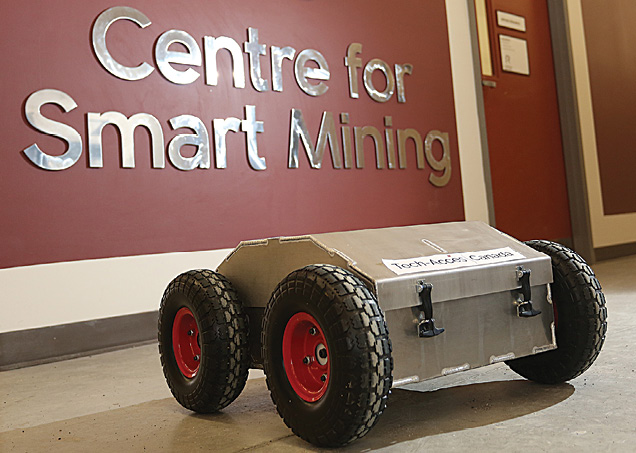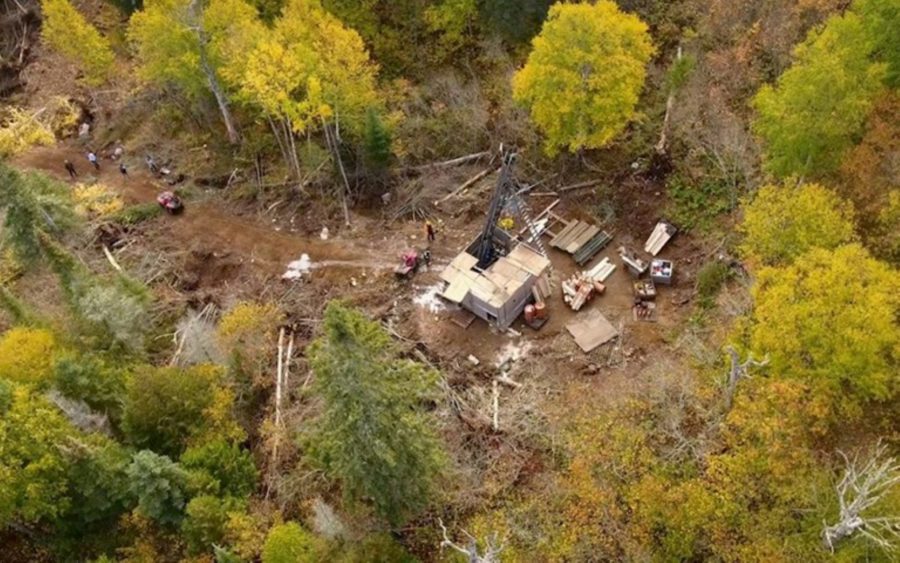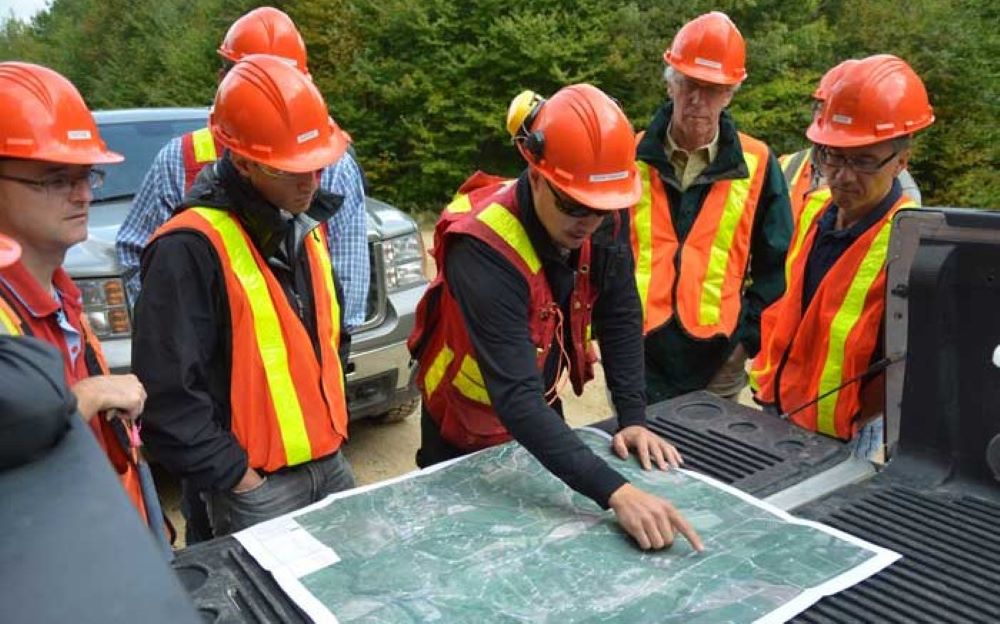The Centre for Smart Mining turns five

The Centre for Smart Mining (CSM) was established in 2019 as a federally funded research hub focused on helping to solve technology adoption challenges for the mining sector. I have had the pleasure of serving as the centre’s inaugural manager, and since taking the helm, I have had the opportunity to see some incredible things happening in the Canadian mining industry. Since the Canadian Mining Journal is focusing on mining in Ontario for this issue, I thought it would be interesting to look at some of the highlights of technological advancements the CSM has assisted with in mining technology in the province since 2019. Some of the technical themes the CSM noticed were automation and robotics technologies, advanced mobility solutions, and industrial software.
One of the areas that has been growing quickly in Ontario mining is the development and adoption of automated and autonomous systems. Unsurprisingly, some of the interesting projects the CSM has worked on focused on commercializing novel applications of automation technology. One solution the CSM’s mechatronics team worked on involved handling and manipulating drill rods using a robotics platform. Handling exploration drill rods can be laborious and potentially dangerous to workers. CSM student researchers conceived a system using a series of indexing controllers and encoders to locate and grip drill rods and manipulate them into place on the drill rig. The solution saves time and prevents injuries and is now being deployed at some Ontario-based exploration sites to gather feedback data. Open-source tools like Robot Operating System (ROS) and platforms like Universal Robotics are making projects like this much more possible. In that way, it is very likely that robotic solutions to traditionally manual workflows will become more prevalent in Ontario mining.
The mining sector is one of the most promising industries for implementing advanced mobile equipment solutions. Technologies that contribute to simultaneous localization and mapping (SLAM) are starting to have a big impact on how mobile equipment interacts with the underground environment. Some of the critical technologies that make up systems like this include Lidar to scan the environment, high-powered image processing computers to digest the 3D point clouds and, in advanced systems, machine learning applications for navigation. The CSM has taken on some important projects in this space recently. For example, the CSM is currently engaged in a project that involves developing and testing a driver-assist solution for scoop trams. Much like the above ground solutions, such as lane assist or automated parallel parking car owners have enjoyed for years, this solution provides scoop operators with collision detection, auto-braking, and wayfinding support to help make operating the equipment safer and more productive. These systems should start to roll out in pilot studies in the latter part of 2024.
Software solutions in mining as a category is very broad. It can refer to scheduling, fleet management, asset health management, geological modelling, mine planning, and many other solutions. What is clear, however, is that software solutions that help mining companies organize, plan, and execute more efficiently are becoming more and more numerous. As a corollary, according to recent forecasts, the mining-focused software market is expected to grow from $10 billion in 2023 to nearly $15 billion by 2028. Here at the CSM, we have also seen an increase in the demand for novel software solution development. So much so that in 2022, the centre hired a lead software researcher to manage that segment of our portfolio. Some of the projects this new team have worked on to date focused on software applications that managed and tracked mine material inventory, monitored occupancy and ventilation requirements, analyzed and predicted machine maintenance schedules, and even provided a solution for managing equipment-specific training records. The fact that this team is getting busier each month is evidence that software in mining is continuing to grow as the value of these platforms is proving out in the field.
While the mining industry has long been seen as a late adopter of new technologies, the innovative solutions the CSM has encountered over the last five years is showing that this tendency is starting to fade. Topics like AI (artificial intelligence), robotics, additive manufacturing, and many others are becoming increasingly commonplace in mining and not just in a tokenistic way at conferences but as part of operational decision making. This is further evidenced by the keen interest the tech industry has started to show in mining. Mining is no longer seen as a dead-end for high-tech solutions, but increasingly as a growth sector willing to partner on pilots and demos. For example, if you would have told me five years ago that Creative Destruction Lab, known for launching some of the most successful tech ventures in Canada, has launched a start-up stream focused on minerals, I would not have believed it. But the fact that they launched one in 2023 shows just how quickly things are changing in the sector, and for the better. Moreover, there have been recent moves from the Ontario government that are aimed at bringing together transformative technologies with critical industrial sectors like mining. The Critical Technology Initiatives (CTI) seeks to further the development, commercialization, and adoption of technology by Ontario companies in key sectors. The funding program is aimed at accelerating the development and deployment of critical technologies such as 5G (including advanced networks), AI, blockchain, cybersecurity, quantum, and robotics. The priority sectors targeted by the program are advanced manufacturing, automotive, life sciences, mining, agriculture, and smart infrastructure. The global critical minerals opportunity coupled with a mining industry willing to adopt technologies more readily and a government that recognizes the importance of investing in adoption means that we are in for a technology boom in Ontario mining. Over the next five years the CSM will be there to lead this transition and to help usher in a new age of technology for the mining sector.
Steve Gravel is the manager of the Centre for Smart Mining at Cambrian College.





Comments